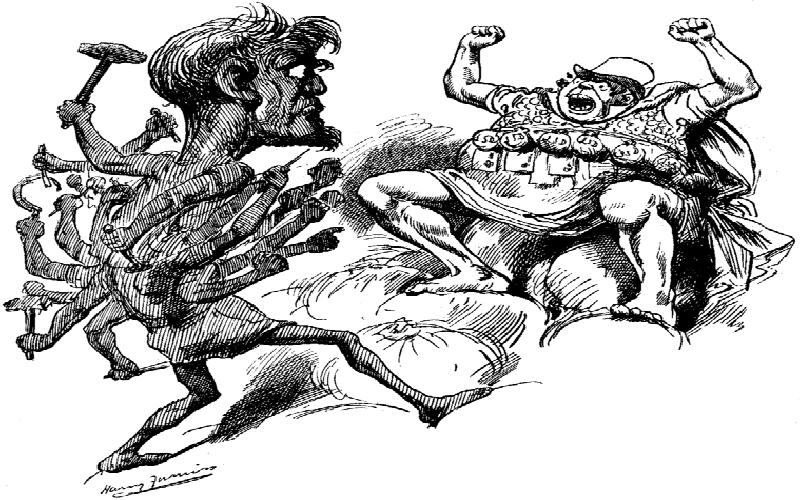Why is cohesion essential between management and employees?


The management and the employees for a single team, and a healthy harmonious relationship between them is a prerequisite for creation of an effective unit capable of achieving its goals. Often, it proves to be a challenge that is mar more difficult that it theoretically appears to be on paper. The solutions of this problem can be equally challenging.
Management and employees work for the same end. Yet more often than not, one can find a degree of stress and conflict between the two. Studies that have attempted to measure this cohesion have concluded that it is one of the most important ingredients of an organization's performance. Managers, who wish to improve the bottom-line of their enterprise would do well to realize this fact and find ways and means for building this cohesion in their respective organizations.
Cohesion in any group results from several factors. All of these need to be taken care of for creating cohesion, which in turn is the first step for effective team building within the organization.
An essential step in the development of cohesion is to first have a commonality in goals, between the management and the workers.
The best way of doing it is to make the employees a stakeholder in the company's growth. Two most common practical ways of achieving this are 'growth linked bonus' and 'employee stock options', both of which provide a strong incentive to the employees to work for the growth of the company.
Every organization has a clear vision where it strives to reach at some future time. However, this goal may not be clearly understood by every person working in that organization. This can lead to conflicts and lack of cohesiveness, which is actually due to lack of effective communication. To minimize such conflicts and confusion about the objectives of the organization, most managements prefer to clearly articulate the mission and the vision of the organization.
Trust is difficult to build between humans without communication and understanding. Hence it becomes essential to have open communication between the managers and the employees. Many a times, conflicts are accentuated simply because of lack of timely communication, whereas communication with sincerity can often keep even the most obstinate conflicts at bay.
Trust between the management and the employees, is an equally essential factor for building cohesion within the enterprise. Trust is a faith of one party in the intentions of the other party, and it can only be build by demonstrating consistency in action and intentions over a period of time. It is not a one way street, and so requires efforts from both parties, but because of the relative power equation between them, management needs to take the initiative for building and strengthening this trust.
Sharing the same values can bring a greater cohesiveness between the management and the employees. This is one of the reasons why conflicts are less likely to arise in a society that accepts and admires capitalistic way of life, compared to an instance, where the society consisting of workers prefers the communist or socialist ideologies, and as a principle, resists the decision making power of the management.
In Japan, a culture of cohesiveness and harmony was encouraged and consciously developed over the first few decades of twentieth century, by promoting loyalty to the organization as a social virtue. In return, practices like 'life time employment' were promoted that provided a social insurance to the workers, and promoted their stake in the sustainability of the 'kaisha' (company).
While all the factors stated above are significant and contribute towards cohesiveness, in practice, effective team-building is the most successful means for achieving this end. There is no single omnipotent tool for team building process. It requires all the factors referred above, in addition to a strong and committed leadership and a certain minimum dose of success. When the odds are in favor and the team is doing well, many a conflict are automatically swept under the carpet and cohesiveness appears the norm. On the other hand, when the ship is sinking, cohesiveness is not even worth thinking about.
Fairness on part of both the management and the workers is one essential ingredient for achieving cohesiveness between the two. As is the case of peace between two strong neighbours, this fairness is often more easily achieved by mutual respect arising from a fair power balance, that may be a result of market driven difficulties in finding good workers, or ideology driven legal restriction on employers' rights.
To conclude, cohesion between employees and management is a necessity for growth of any enterprise or organization, and it can be achieved by using a strategy combining different factors in a way that leads to trust between the two, and help in building a team with common clearly articulated goals, where all parties are a stakeholder in the success of the mission.
Demographic Dividend is a phenomenon whereby falling number of dependents and growing workforce provides an opportunity for high rate of economic growth. However, not every country is able to make the best use of such an opportunity.
The term capitalism is commonly known in the business and industry sector of the country. It is defined as an economic system or model to which majority of the commerce, trade and businesses in a particular country are being owned by private individuals or businessmen.
Shortage of labor and unemployment, both exist simultaneously in developed world, creating a theoretical enigma on one hand, and giving rise to strongly politicized debates on the other hand. It is often difficult to make out who is wrong and who is correct.